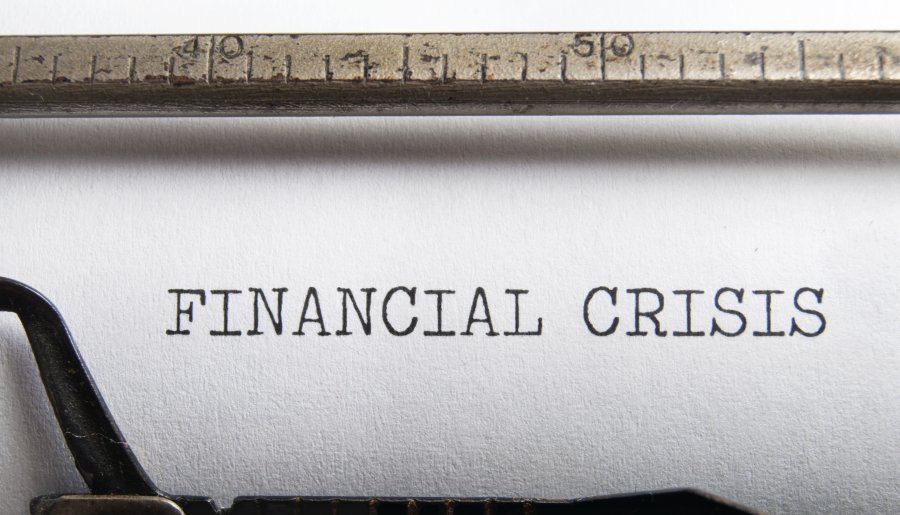Closely associated with (financial) systemic risk is the notion of financial stability. We want our financial systems to avoid falling over. It is in the broader public interest (but perhaps not in the interest of every individual system participant) for regulation of financial systems to mitigate the system-wide risks that might create these instabilities.
include the 1929 Wall Street Crash (and subsequent Great Depression), several of the Twentieth Century’s hyperinflation episodes and many past sovereign debt crises (which often went hand-in-hand with banking crises). The majority of systemic risk episodes are not this bad, but can still be very expensive. Whilst banking is commonly seen as more prone to systemic risk than other financial sectors, other parts of the financial system are not immune, as illustrated by the blow-up in the 1990s of Long Term Capital Management, a hedge fund. AIG, an insurance company, was bailed out in depths of the GFC, although insurance industry practitioners typically argue that it was not AIG’s insurance business that caused its problems, but liquidity issues with e.g. its credit default swap activities. A handful of other insurers around the globe also needed support during the GFC. Looking further afield, several Japanese insurers failed in the late 1990s, partly because of declining interest rates.
Lees dit artikel verder onder Download.
Download
- Systemic Risk and Financial Stability .pdf • 0,29 MB
